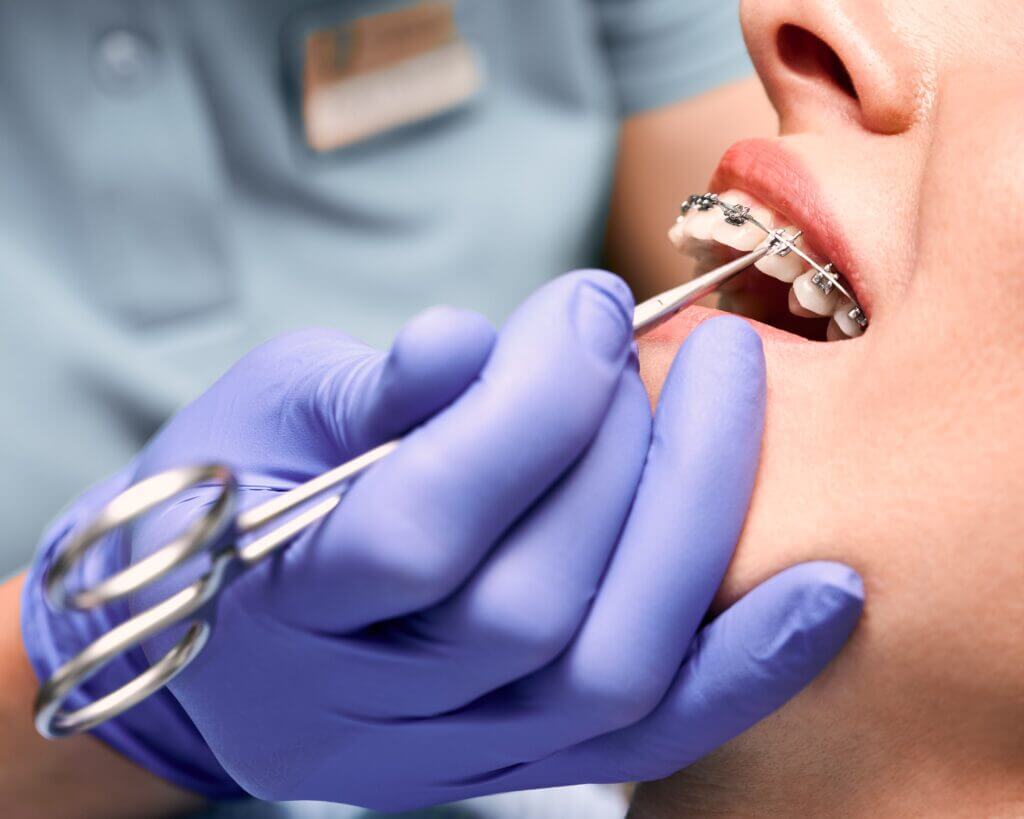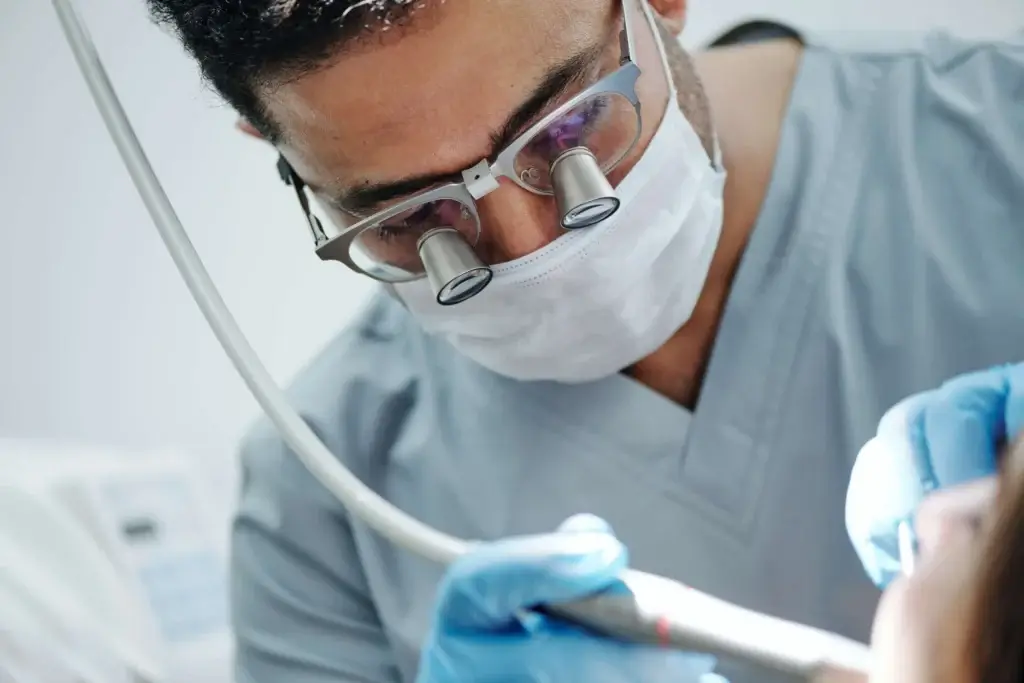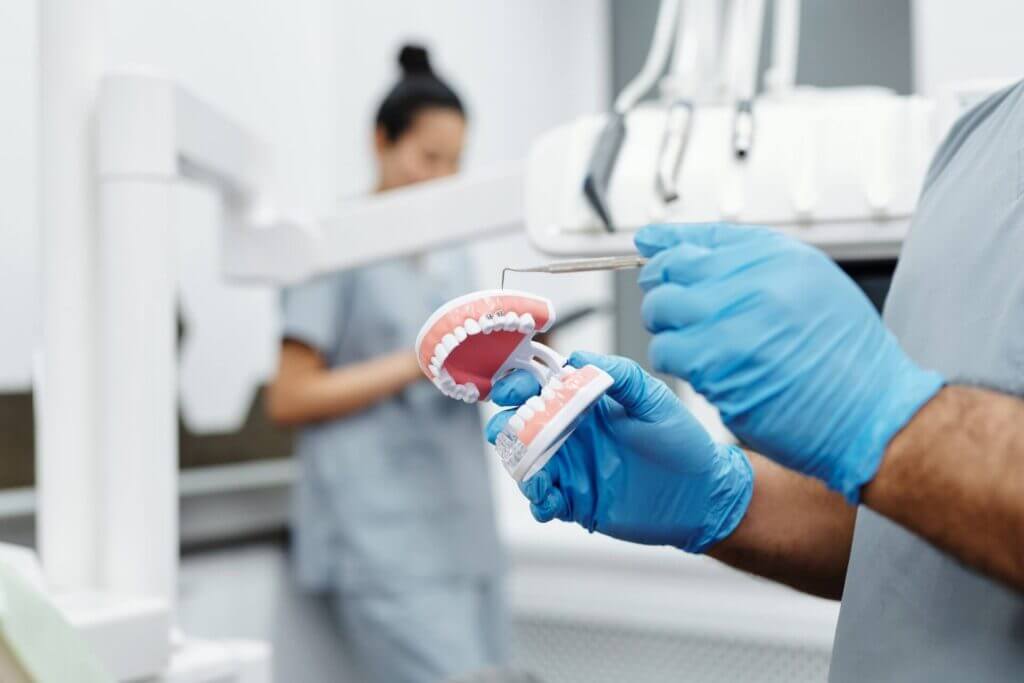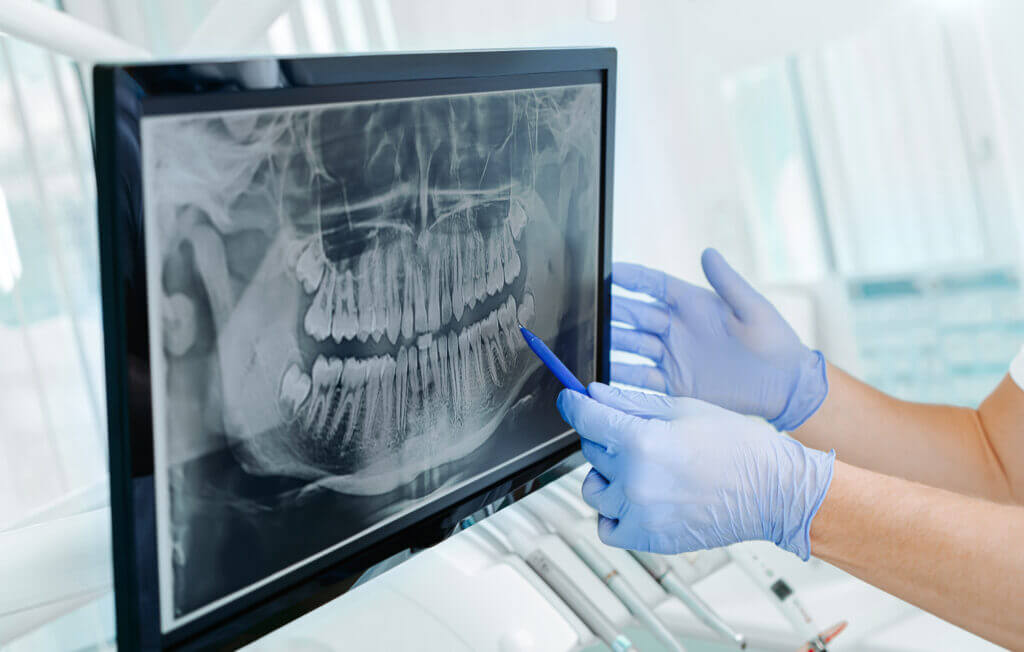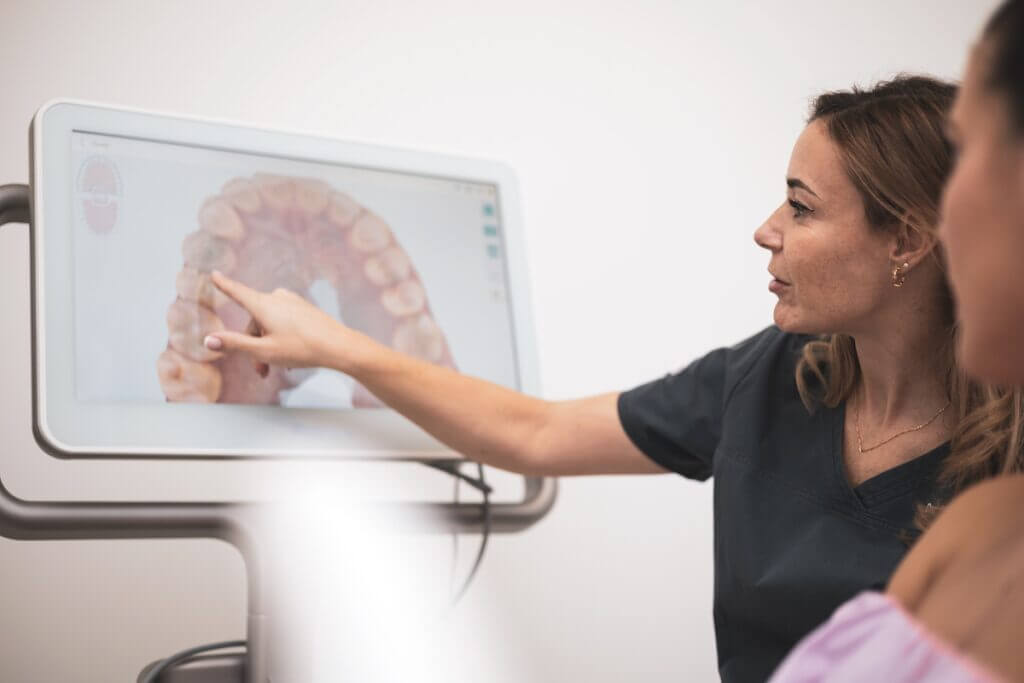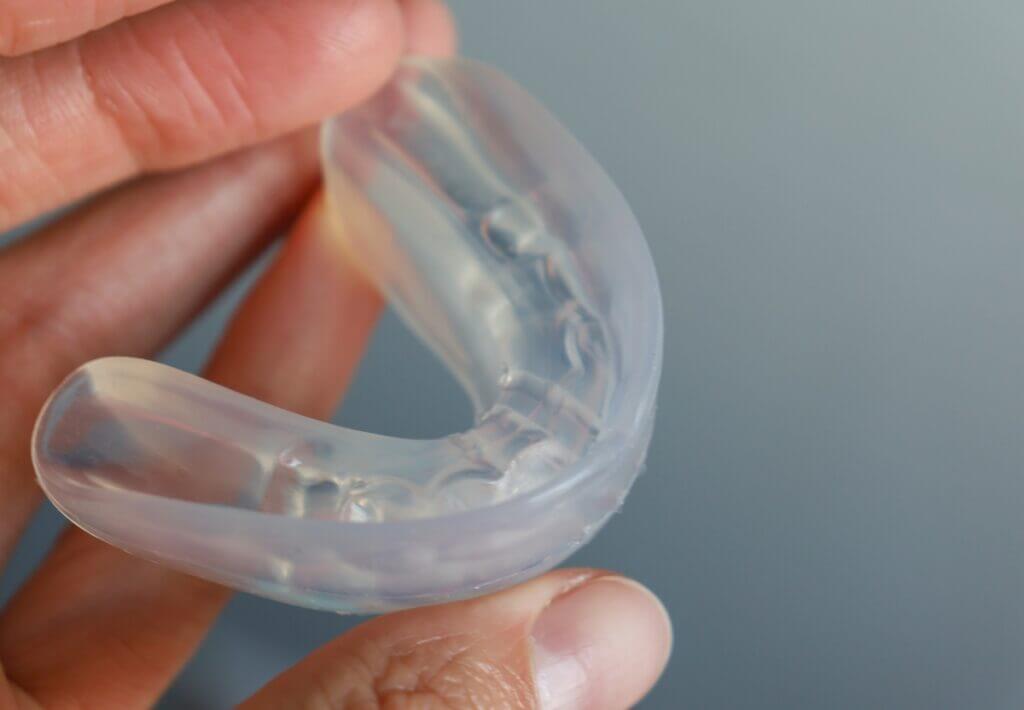Clear Aligner Treatment
TREATMENTS

Orthodontic treatment with clear aligners is an alternative to traditional braces for the correction of mild to moderate orthodontic disorders. During this treatment, instead of wires and brackets, clear aligners that are specially prepared for the patient and fit tightly to the teeth are used and the teeth are gradually brought into the desired position. The stages of treatment with clear aligners are as follows:
- Initial assessment: The first stage of clear aligner treatment is the initial evaluation by an orthodontist. During this evaluation, the orthodontist examines the patient's teeth and facial structures, obtains information about treatment goals and decides whether the patient is suitable for clear aligner treatment.
- measurement or intraoral scan: An impression or digital scan of the patient's teeth and bite is taken. These physical or digital impressions are used to create a 3D model of the patient's teeth. Patient-specific clear aligners are prepared on these 3-dimensional models.
- Treatment planning: Treatment planning is performed using special software on digital models of the patient's teeth. This plan includes the tooth movements required to achieve the desired results and the number of clear aligners required to complete the treatment.
- Preparation of the clear aligners: Once the treatment plan has been finalized, a series of clear aligners are produced using advanced computer-aided manufacturing techniques. Each aligner is slightly different from the previous one and thus allows the teeth to be gradually moved into their correct position in accordance with the treatment plan.
- Installation of the transparent aligners: The clear aligners are fitted and the patient is instructed on how to use them. The aligners should be worn for at least 22 hours a day, excluding eating, drinking anything other than water, brushing and flossing. The patient should switch to the next aligner in the series after 1-2 weeks, following the recommendations of the orthodontist.
- Follow-up of treatment: Throughout the treatment, the patient is regularly seen by the orthodontist and it is monitored whether the teeth are moving as desired. If necessary, the treatment plan can be adjusted.
- Completion of treatment: After the last aligner is worn and the desired correction is achieved, the active phase of the treatment is over. Depending on the needs of the patient, the orthodontist may request additional aligners or switch to the use of protective appliances called retention aligners to prevent the teeth from returning to their previous state.
Here are some advantages of orthodontic treatment with clear aligners:
- Aesthetic appearance: Transparent aligners are almost invisible and offer a more aesthetic treatment alternative.
- Removability: It is a more flexible treatment option as the aligners can be removed while eating, brushing and in special situations.
- Comfort: Soft tissue injuries that may occur in wire treatment do not occur in transparent plates.
- Oral hygiene: Since the clear aligners can be removed, brushing and flossing are easier than with traditional braces.
Clear aligner treatment is a very effective and aesthetic method for achieving a smoother smile, correcting bite disorders, oral health and jaw functions. However, it may not be suitable for certain types of bite problems or severe orthodontic disorders. An orthodontist should examine you to determine the most appropriate treatment for your teeth.
